The Borescope
Here at the Delta Flight Museum, we exhibit many objects that you might see in or on an aircraft…propellers, dishware, and flight attendant uniforms just to name a few. In the Archives we house so much more, and occasionally we come across rare and fascinating items that are used in a different capacity.
One of these interesting objects is called a borescope. The borescope was developed by a Northwest Airlines mechanic in the 1950s, and it fits in a case approximately the size of a suitcase.
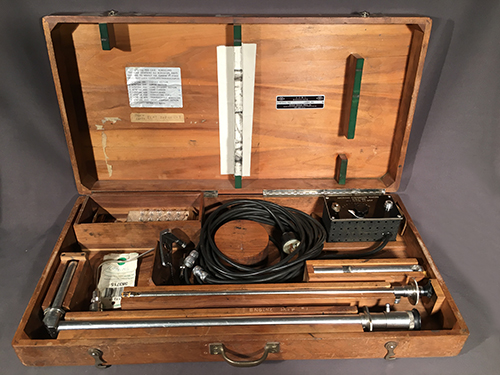
Primarily made of steel, the borescope comes with many pieces to assemble including multiple sections of tube, a conducting cord, and eyepieces.
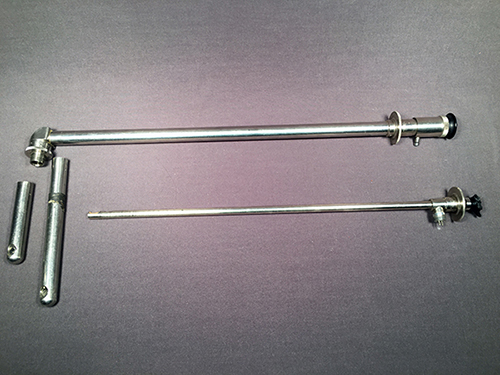
Mechanics often use borescopes as a basic method of non-destructive testing and to check the conditions inside of engines. Essentially, borescopes allow for an internal inspection without disassembling an entire engine – saving time and money.
The test model worked well inserted through an engine's spark plug hole. Today's jet engines are made with special accesses for a borescope to view blades, vanes and other internal parts.
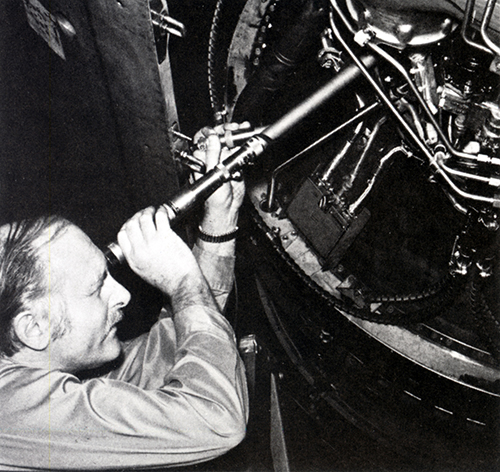
The borescope in our collection was manufactured by American Cystoscope Makers, Inc., located in New York. It was transferred to the Museum by Delta TechOps, and was previously used by Northwest Airlines.
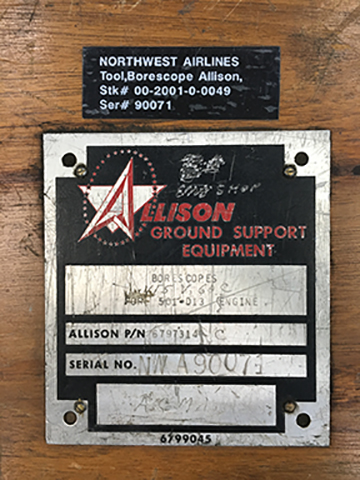
Northwest Airlines used this borescope to inspect Allison T56-A-1 turboprop aircraft engines. This engine was initially designed for the Lockheed C-130 aircraft, and Northwest Airlines used this engine on its Lockheed L-188 Electra. The Electra prop-jet flew with Northwest from 1959-1972.
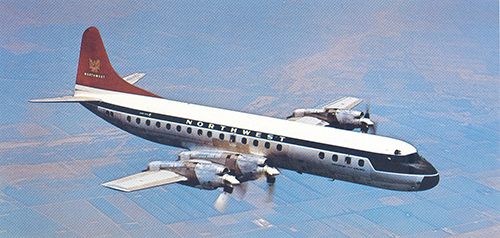
Determining an aircraft fit for flight involves checking off many boxes. With the borescope, aircraft maintenance technicians are able to take a look inside the engines to ensure they are in good condition and to ensure our safety as passengers.
What a great object to have in our collections!
Austin Coleman
Archives Assistant